Disclaimer: Psychedelics are largely illegal substances and we do not encourage or condone its use where it is against the law. However, we accept that illegal drug use occurs and believe that offering responsible harm reduction information is imperative to keeping people safe. For that reason, this guide is designed to enhance the safety of those who decide to work with psychedelics.
Retreats using psychedelic medicines, such as ayahuasca and psilocybin mushrooms for spiritual growth, have a long history of use in Costa Rica, Peru, and Jamaica, where indigenous groups traditionally use these substances for healing ceremonies.
Now it looks like this trend may be cresting in North America too. With Oregon decriminalizing psilocybin in November 2020 and the rising prevalence of psychedelics in mainstream culture, the psychedelic wellness industry has been projected to boom in the next five years. The result? Psychedelic treatment centers have started to pop up across the US and Canada.
At the same time, groundbreaking clinical trials are paving the way for the future legalization of psilocybin and other psychedelic medicines, which are increasingly being shown as efficacious in the treatment of mental health disorders and traditionally treatment-resistant conditions.
As more psychedelic centers begin to open up, it’s becoming increasingly important to understand the differences between retreats and clinics. By definition, a retreat is a quiet or secluded place where a person can relax and rejuvenate. It’s a term we see regularly in the health and wellness community with people attending meditation or yoga retreats. While retreats are often led by skilled professionals, they are not typically designed to deliver medical treatment or advice. By contrast, a clinic is a space run by certified medical practitioners who have the training and legal ability to diagnose and treat disease.
This guide is intended to highlight some of the fundamental differences between psychedelic retreat centers and clinics to help you determine which experience may be appropriate for you.
Ayahuasca and Psilocybin Psychedelic Retreats
Many people want to attend psychedelic retreats to heal unresolved traumas, realize personal growth, enhance creativity, or discover a sense of purpose or balance. A reputable psychedelic retreat center should conduct detailed medical screenings before the trip begins to ascertain that attendees do not have contraindicated conditions, such as mental illness, cardiovascular disease, or epilepsy. These health screenings are important because retreat centers are not clinics—they are not designed to help alleviate serious conditions like treatment-resistant depression.
What to Expect
Once you are at the retreat center, you will likely work with one of the staff members to identify the proper dosage of psychedelics for your needs. If you are consuming magic mushrooms, you will probably receive your shrooms through a brewed tea or as truffles. Some practitioners encourage four hours of fasting beforehand to alleviate any potential nausea. Ayahuasca, by contrast, can be a more physically intense experience, and most retreat centers will incorporate fasting and/or specific diets (called dietas) before and after the ceremony to support and enhance the experience.
At a retreat center, your ceremony will likely be conducted with other participants and guided by one or several facilitators. In the case of an ayahuasca journey, there may be one or two facilitators who sing, play instruments, and perform healing rituals, while other staff members may circulate the room to offer help to participants in need. During an ayahuasca ceremony, it is not uncommon to experience bouts of vomiting or diarrhea, and these helpers can enhance your safety and comfort.
In addition to the peak psychedelic experience, retreat centers may also offer complementary practices such as breathwork, meditation, or yoga. In this way, the center is similar to other general wellness retreats. Typically, there is also time for conversation, where participants can share their experiences with others in the group or with an integration specialist.
Grow 1 Year's Worth of Microdoses in Just 6 Weeks
Third Wave partnered with top mycologists to create the world’s easiest and best mushroom growing program (kit, course, and expert support).
- Pre-sterilized and sealed
(ready to use out of the box) - Step-by-step video and text course
- Access to growing expert in community
- Make your first harvest in 4-6 weeks
- Average yield is 1 - 4 ounces (28-108g)
- Fits in a drawer or closet
- Enter info for Third Wave discounts:
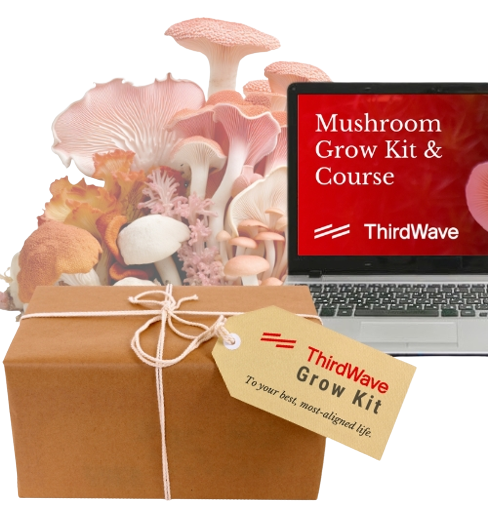
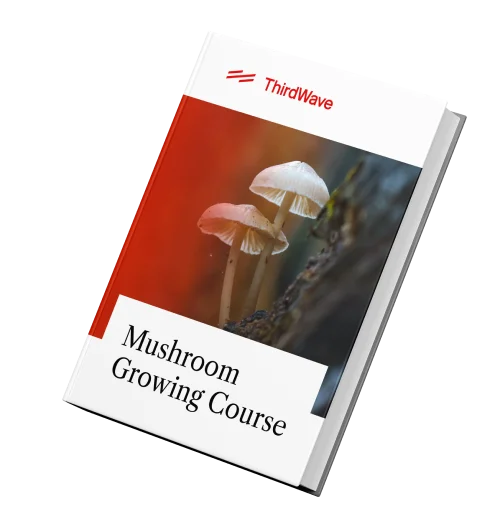
Grow 1 Year's Worth of Microdoses in Just 6 Weeks
Third Wave partnered with top mycologists to create the world’s easiest and best mushroom growing program (kit, course, and expert support).
- Pre-sterilized and sealed
(ready to use out of the box) - Step-by-step video and text course
- Access to experts in community
- Make your first harvest in 4-6 weeks
- Average yield is 1 - 4 ounces (28-108g)
- Fits in a drawer or closet
- Enter info for Third Wave discounts
Choosing a Retreat
Currently, there is a legal loophole for some ayahuasca retreat centers in the US based on religious exemption. But, as of late 2021, the vast majority of retreat centers are located outside of North America. Popular locations include the Netherlands, where legal drug use is permitted for some substances, and countries in Central and South America, such as Costa Rica, Jamaica, Mexico, and Peru.
With many options to choose from, it’s important to do your research and select a retreat center that meets your unique needs. Some variables to consider include the length of the stay, types of drugs and dosages offered, location, and whether the program is for individuals or groups. It is also worth finding out if the retreat center specializes in working with a certain kind of participant (like women or artists) or a particular issue (such as grief, sexual violence, or end-of-life anxiety).
For example, the Tandava retreat by Kaivalya Kollectiv in Mexico might be of interest if you are looking to explore 5-MeO-DMT, a psychedelic four to six times as powerful as its chemical cousin DMT. Alternatively, the Temple of the Way of Light in Peru might appeal to you because it offers female-only sessions. Coming from a different perspective, the Paititi Institute in Peru is committed to preserving traditional indigenous practices. This center might be the choice for you if you feel called to experience a more traditional ceremony. Ethically, it is important to recognize that as these psychedelic substances become more popular in the modern world, many plant medicines have been used within indigenous traditions for thousands of years. You should be wary of any retreat center that seems to be co-opting these traditions merely for economic gain.
While we have emphasized the non-medical approach of retreat centers, some do, in fact, have medical professionals on staff. For example, the psilocybin retreat MycoMeditations in Jamaica has a staff psychiatrist and other mental health professionals who offer sessions post-retreat to help attendees integrate their experience into everyday life. However, it is worth emphasizing that professional mental health support is not a requirement for all retreat centers, so if this is important to you, make sure to do your research to find a center that fulfills your needs.
Regardless of the specifics of your retreat center, it is crucial that you find a place led by experienced and trustworthy facilitators or shamans. You must feel comfortable there, or else you will not be able to fully surrender to the psychedelic journey and get the most out of your experience. Unfortunately, there have been allegations of sexual harassment at ayahuasca retreat centers. To combat this, the Chacruna Institute for Psychedelic Plant Medicines has put together a community guide to raise awareness and prevent harassment in psychedelic spaces.
Cost of a Retreat
Because of the remote location of most psychedelic retreat centers, they typically cost thousands of dollars to attend. For example, the Buena Vida psilocybin mushroom retreat center in Nayarit, Mexico, ranges between $4,000 and $6,000 for a weeklong stay. A similar price at the 1Heart ayahuasca retreat center in San Jose, Costa Rica will get attendees one in-person treatment week along with many weeks of guided preparation before the trip. With such a high price tag, it can be tempting to find more budget-friendly options. While there are reputable facilities that cost less, you don’t want to cut corners by selecting a center based on price alone. Better to save up and attend the retreat that truly makes you feel safe and comfortable than jump into a cheaper experience that doesn’t fully satisfy your needs.
Grow 1 Year's Worth of Microdoses in Just 6 Weeks
Third Wave partnered with top mycologists to create the world’s easiest and best mushroom growing program (kit, course, and expert support).
- Pre-sterilized and sealed
(ready to use out of the box) - Step-by-step video and text course
- Access to growing expert in community
- Make your first harvest in 4-6 weeks
- Average yield is 1 - 4 ounces (28-108g)
- Fits in a drawer or closet
- Enter info for Third Wave discounts:


Grow 1 Year's Worth of Microdoses in Just 6 Weeks
Third Wave partnered with top mycologists to create the world’s easiest and best mushroom growing program (kit, course, and expert support).
- Pre-sterilized and sealed
(ready to use out of the box) - Step-by-step video and text course
- Access to experts in community
- Make your first harvest in 4-6 weeks
- Average yield is 1 - 4 ounces (28-108g)
- Fits in a drawer or closet
- Enter info for Third Wave discounts
Ketamine and Psychedelic Therapy Clinics
In contrast to psychedelic retreat centers for general well-being, psychedelic clinics have a more scientific, controlled approach. While the former might have a program rooted in spirituality, the latter rooted in a more psychiatric approach, using psychedelics as medicines to treat mental health problems. Clinics using psychedelic medicine typically have many more regulations and stricter protocols than psychedelic retreat centers. The experience is generally led by a psychiatrist or medical professional instead of a shaman or facilitator. For example, at Mindbloom ketamine clinic in New York, the team is staffed with psychiatrists and other physicians who administer psychedelic medicine.
What to Expect
If you are on medication for mental health conditions, it is essential to consult with a medical professional before pursuing psychedelic therapy, as some psychedelics can be contraindicated with antidepressants or other types of psychotropic drugs. Moreover, similar to cannabis use, psychedelic treatment has, in some cases, led to psychotic breaks or an exacerbation of psychosis among individuals with mental illness or a family history of mental illness. Any reputable psychedelic clinic will review your personal and family medical history before beginning treatment in order to avoid any of these issues.
Psychedelic clinics provide a controlled environment in which a trip facilitator assists the participant through a psychedelic experience. These facilitators are trained professionals, oftentimes in both traditional Western psychotherapy and also spiritual practices, though not always the latter. These psychedelic sessions are also often paired with psychotherapy, both before and after the journey, to address any mental health issues and encourage a synthesis between what happened during the trip and everyday life afterward.
As with psychedelic retreat centers, an individual’s experience at a psychedelic clinic will be highly individual. Lead researcher at Johns Hopkins University School of Medicine, Roland R. Griffiths, Ph.D., has noted that one-third of cancer patients who underwent psilocybin therapy found it the single most spiritually significant experience of their lives. However, we must recognize that “spiritually significant” is a subjective term: what is “significant” to you might not be “significant” to someone else.
The experience of psychedelic therapy in a clinical setting was recently captured in the Netflix documentary, Fantastic Fungi: “It’s a feeling of such immense power that you can’t even imagine,” said one patient, Tony Head. “I’ve never felt anything like it before. It was about being in a place of infinite space and just being there. The most glorious part was that it made me feel more comfortable with living because I’m not afraid of dying.”
In an episode of the Joe Rogan podcast, Multidisciplinary Association for Psychedelic Studies (MAPS) founder and Executive Director, Rick Doblin, Ph.D., spoke about recent research in which MDMA was used to treat PTSD in combat veterans. According to Doblin, one veteran in a clinical trial said MDMA helped him reimagine the death of fellow soldiers in Iraq. Under the influence of MDMA, he discovered a way to honor the friends who had died, show loyalty, and maintain a connection with them.
While there are ongoing clinical trials for psilocybin, LSD, MDMA, and ketamine, the most common psychedelic substance, which has been in clinical use over the past decade, is ketamine. First synthesized in the 1960s, ketamine has been used as an anesthetic ever since. The US Food and Drug Administration (FDA) approved the s-enantiomer of ketamine, esketamine (Spravato), as a nasal spray for treatment-resistant depression in 2019.
At a ketamine clinic, you typically receive the medicine as an infusion intravenously from an IV bag or digital syringe pump. Many clinics tout the painlessness of the procedure, as they use tiny needles to insert the IV, then replace it with a soft tube so there is no discomfort. The infusion takes approximately 50 minutes, with the patient seated in a comfortable chair the whole time and monitored for blood pressure, oxygen, pulse, and EKG. The amount of medicine can be fine-tuned for the duration of the procedure. The treatment has proven to be widely successful with 70% of patients experiencing a significant decrease in depressive symptoms.
The FDA designated both MDMA and psilocybin as “breakthrough therapies” in recent years, indicating that more resources may soon become available to further explore these drugs’ uses in healthcare. Currently, some of the leading facilities in psychedelic research include the Johns Hopkins Center for Psychedelic & Consciousness Research in Baltimore and the Centre for Psychedelic Research at Imperial College London, both of which accept volunteers for clinical trials. Additionally, the University of California, San Francisco has conducted a pilot study on the effects of psilocybin-assisted group therapy for male AIDS survivors. Lastly, New York University has conducted promising research around psilocybin treatment for alcohol dependence.
Costs of a Psychedelic Clinic
Clinics typically provide outpatient care, periodically administering doses to patients over time. Because of this, they tend to cost less than an all-inclusive retreat center, ranging from roughly $1,200 for three months of treatment at Mindbloom to between $2,400 and $4,150 at Field Trip Health in New York.
Finding the Facility That’s Right For You
Before attending any psychedelic retreat or clinic, it’s important to physically and mentally prepare for the trip. Studies have shown that going into a psychedelic experience with an intention and pairing the trip with mindfulness meditation can optimize the effects of the experience.
Moreover, you might find that microdosing is a valuable practice in between peak experiences from retreats and clinics. It would be worth consulting with your center or facility to see if they work with microdosing providers. You can learn everything you need to know about microdosing through Third Wave’s Microdosing Course.
Vet each clinic for your interests before committing to treatment, and don’t be afraid to ask the staff questions. Is this a good center to overcome certain obstacles in your life? Is this safe for individuals who have mental health diagnoses? What is the environment in which the trip will take place? Some people may feel more comfortable closer to home, while others feel they can more easily transcend mental barriers when they are abroad.
Overall, make sure the specific offerings and vibe of the individual facility are what you’re looking for. You want to be in an environment that is safe and comfortable for you. You can also check out the Third Wave’s Directory of psychedelic resources for additional support and information regarding these facilities.
This blog article uses affiliate links. Third Wave receives a small percentage of the product price if you purchase through any affiliate links.
Grow 1 Year's Worth of Microdoses in Just 6 Weeks
Third Wave partnered with top mycologists to create the world’s easiest and best mushroom growing program (kit, course, and expert support).
- Pre-sterilized and sealed
(ready to use out of the box) - Step-by-step video and text course
- Access to growing expert in community
- Make your first harvest in 4-6 weeks
- Average yield is 1 - 4 ounces (28-108g)
- Fits in a drawer or closet
- Enter info for Third Wave discounts:


Grow 1 Year's Worth of Microdoses in Just 6 Weeks
Third Wave partnered with top mycologists to create the world’s easiest and best mushroom growing program (kit, course, and expert support).
- Pre-sterilized and sealed
(ready to use out of the box) - Step-by-step video and text course
- Access to experts in community
- Make your first harvest in 4-6 weeks
- Average yield is 1 - 4 ounces (28-108g)
- Fits in a drawer or closet
- Enter info for Third Wave discounts

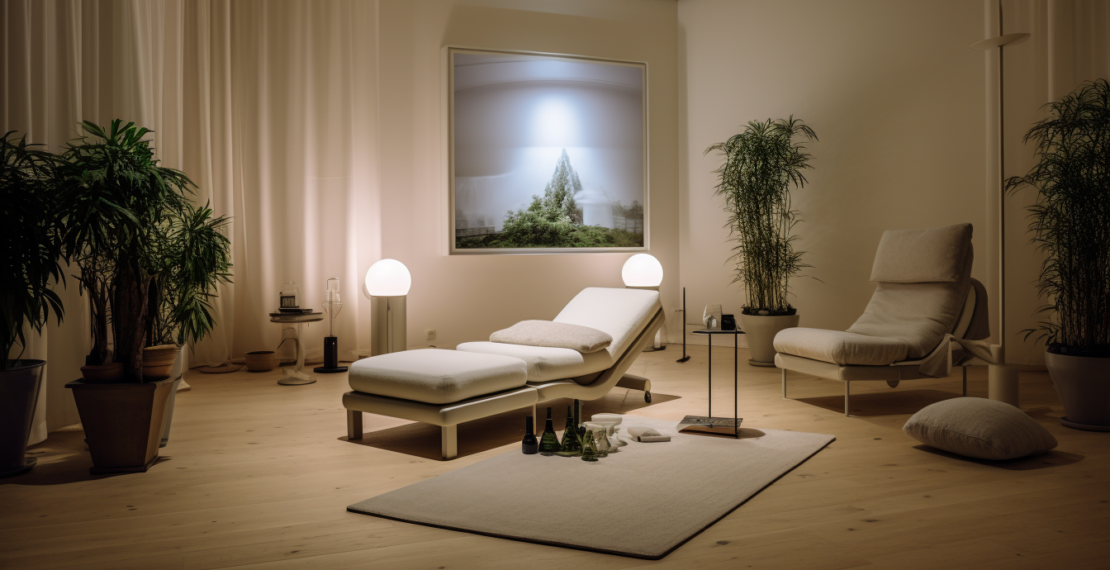
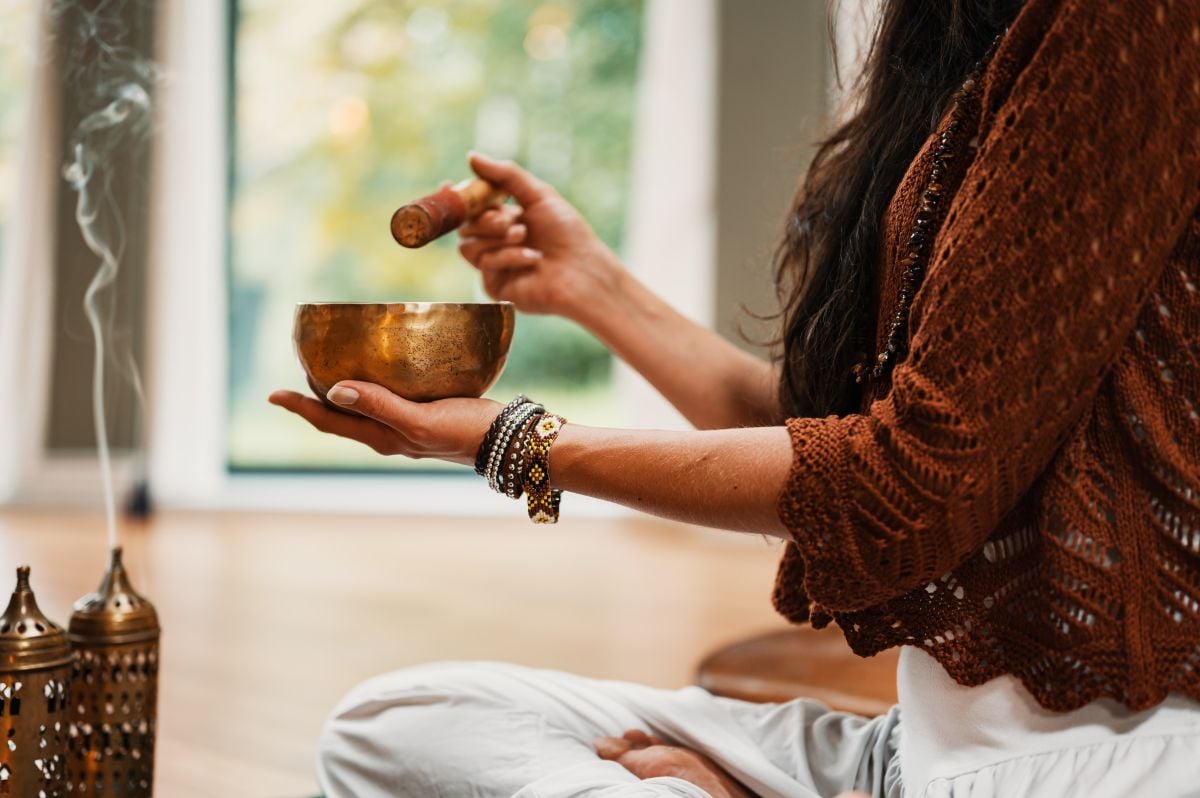
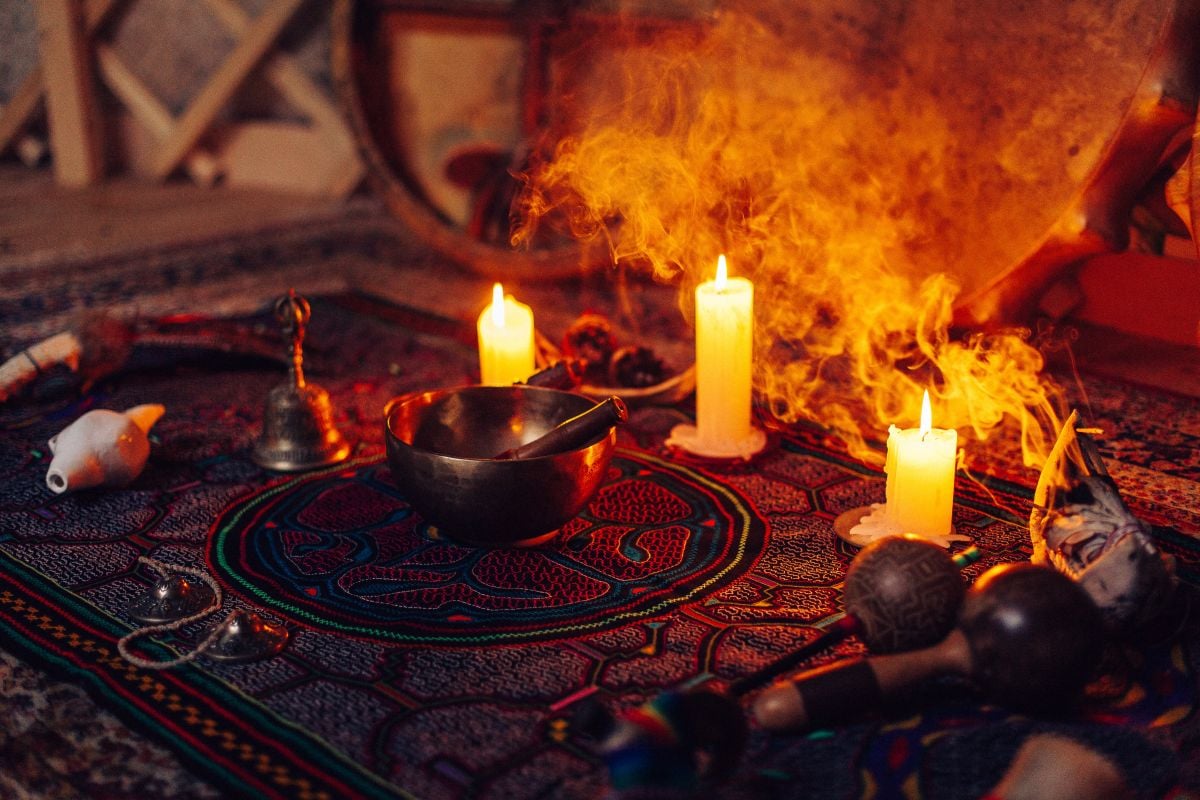

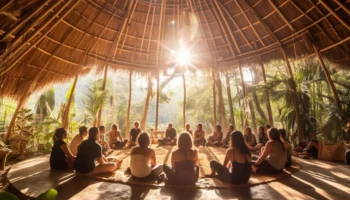

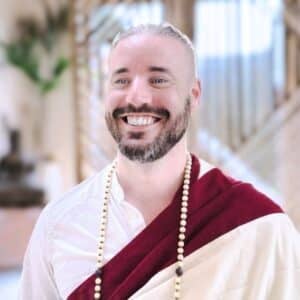
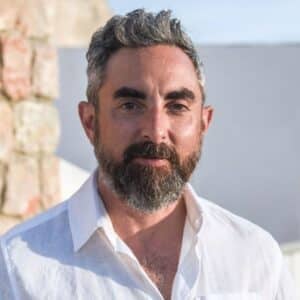
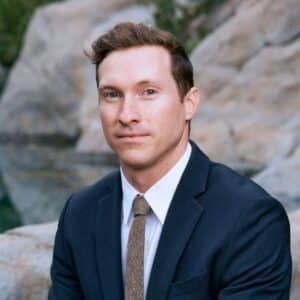
At this time I am ready to do my breakfast, once having my breakfast
coming again to read more news.
Woooow, just came by your website and you have so much interesting and relevant content on psychedelics. Fascinating, thank you so much for sharing and spreading awareness.